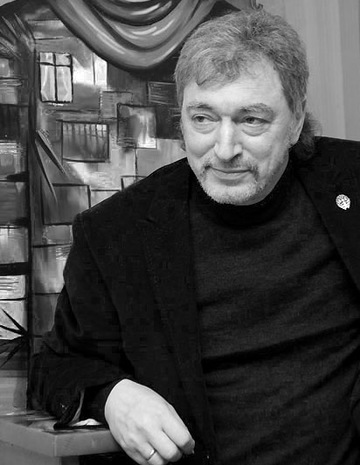

October 16 at 16.00 in the VOKHM them. I.N. Kramskoy held a lecture D.Ya. Severyukhin (St. Petersburg).
Dmitry Yakovlevich Severyukhin
The historian of art and literature. Doctor of Arts. Professor of the Russian State Pedagogical University named after AI Herzen. Expert of the Likhachev Foundation. Member of the St. Petersburg Union of Artists and the International Association of Art Critics and Critics (AIS). Corresponding member of the Russian Academy of Natural Sciences.
Author of more than 300 scientific works, including monographs and scientific reference books.
The main areas of scientific interests: the artistic life of pre-revolutionary Russia and the USSR; art and literature of the Russian Diaspora; the Leningrad unofficial cultural movement of the 1960s-1980s; contemporary art of St. Petersburg; the history of Russian charity, the art market.
Laureate of the Antsiferov Prize for the best scientific work on the history of St. Petersburg (the book “The Old Artistic Petersburg: The Market and the Self-Organization of Artists from the Beginning of the 18th Century to 1932”, 2008), the Chevalier of the Order “Karl Faberge – The Court Jeweler” for his works on the History of Art (2014).
SYMBOL AND NATURE: Art from Paleolithic to Cezanne.
In the fine arts, from the earliest times, two opposing tendencies fought: on the one hand, nature-naming, that is, the desire for an illusory recreation of the visible world, and, on the other hand, a symbolic generalization, i.e. representation of the image as an element of some conventional sign system. Already among the petroglyphs of the Paleolithic era there are both anatomical exact images of people and animals, and extremely simplistic, schematic, reduced to a hieroglyph or pictograph. The identification and comprehension of these two opposing tendencies is the key to understanding the history of world art.